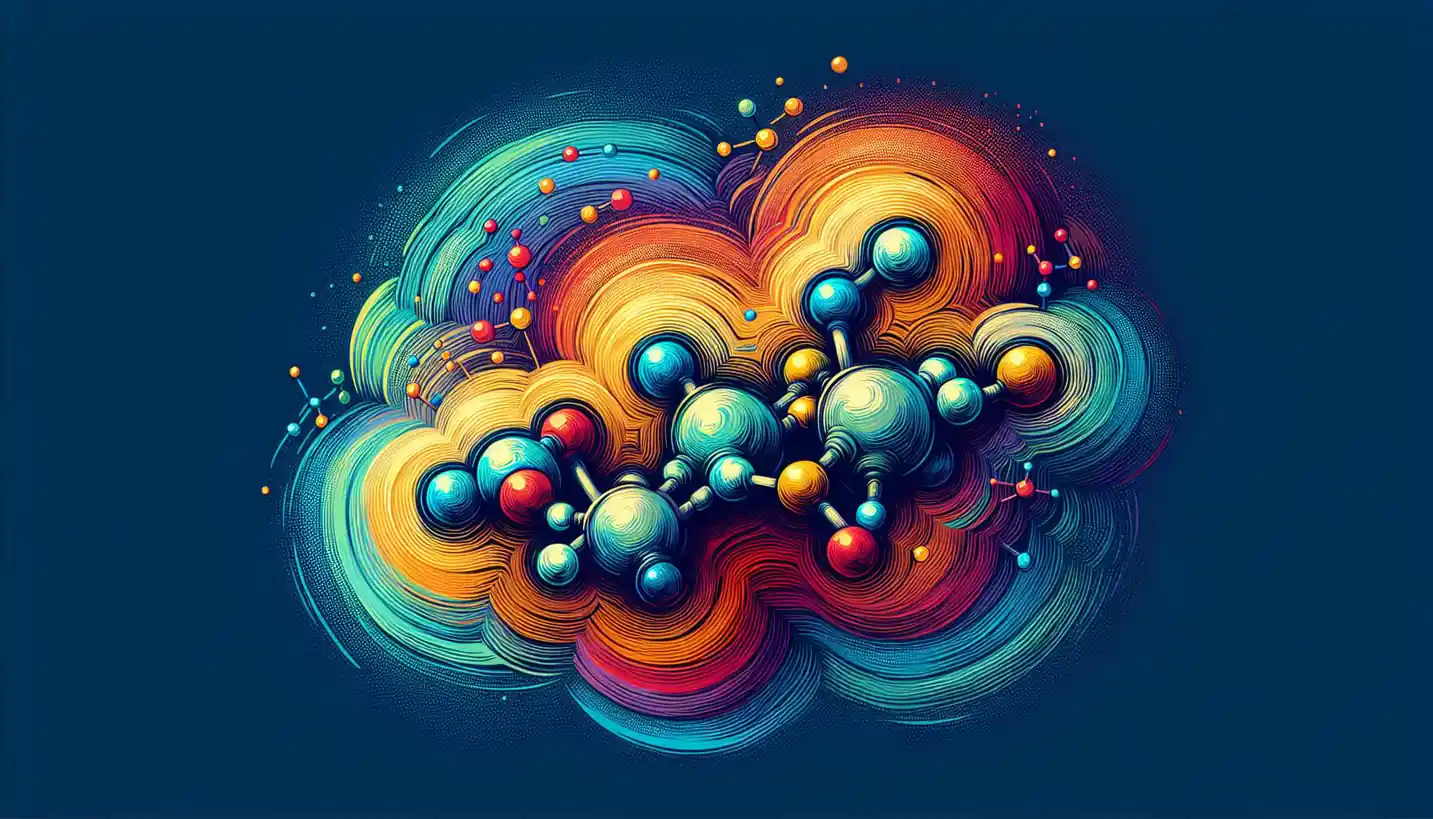· Chemistry · 4 min read
Binding Energy: Unlocking the Secrets of the Atomic Nucleus
Binding energy is the secret behind the stability of atomic nuclei, holding everything together. Investigate how this invisible force powers stars and nuclear interactions.

In the fascinating world of nuclear chemistry, a concept known as binding energy plays a crucial role. Have you ever wondered what holds the nucleus of an atom together, despite the repulsive forces among protons? Let’s dive into this captivating topic and explore the magic at the heart of atoms.
What is Binding Energy?
Binding energy is like the super glue of the atomic world. It refers to the energy required to disassemble a nucleus into its individual protons and neutrons. Conversely, it’s also the energy released when a nucleus is formed from these particles. Imagine protons and neutrons as puzzle pieces. The binding energy is the force that locks them together in an intricate atomic dance.
Why Binding Energy Matters
Binding energy isn’t just a quirky feature of atoms; it affects our universe in profound ways. It’s what makes stars shine and powers nuclear reactors here on Earth. In essence, it determines the stability of a nucleus. A nucleus with strong binding energy is stable, while one with weaker binding can be more prone to decay or even split apart.
The Secret Life of Nuclei
Think of binding energy as the secret sauce that dictates whether a nucleus will stay put or seek a new arrangement. In larger atoms, like uranium, the tug-of-war between binding forces and repulsive forces among protons becomes dramatic. That’s why such elements can undergo fission, releasing massive amounts of energy—a principle that drives nuclear power and atomic bombs.
Decoding the Binding Energy Curve
The binding energy curve holds the key to understanding nuclear stability. This curve shows the binding energy per nucleon (a nucleon is a proton or neutron) across different atomic numbers. Generally, lighter elements, like hydrogen and helium, have lower binding energy per nucleon. As you move towards iron, the binding energy peaks. This peak explains why fusion—the process that powers stars—occurs in lighter elements and why fission is common in heavier ones like uranium and plutonium.
From Fusion to Fission
Fusion is like cosmic alchemy. In the sun’s core, hydrogen atoms merge to form helium, releasing extraordinary amounts of energy thanks to their high binding energy. This process powers the stars and gives us sunlight. On the flip side, fission divides heavy atoms, releasing energy that can generate electricity or cause explosions.
Real-Life Applications and Future Prospects
Binding energy has practical applications beyond theoretical interest. Nuclear power plants rely on controlled fission reactions to produce electricity. Understanding binding energy helps engineers design safer and more efficient reactors. Moreover, fusion research aims to harness the sun’s power on Earth, offering a cleaner energy source with abundant fuel.
The Mystery of Binding Energy in Medicine
One surprising application of binding energy is in medicine. Radioisotopes used in cancer treatment and medical imaging rely on nuclear stability and decay. By understanding binding energy, scientists improve the effectiveness of medical technologies, helping diagnose and treat diseases with precision.
The Future: Harnessing Nuclear Potential
As we ponder the future, binding energy continues to intrigue scientists. Advances in nuclear physics could lead to breakthroughs in energy production and solutions to global energy challenges. Harnessing fusion energy remains a dream within reach, promising a cleaner and almost limitless power source.
Questions to Ponder
As we wrap up our exploration of binding energy, a few intriguing questions linger. Could we discover new elements with unique nuclear properties? What role will binding energy play in future technological leaps? And finally, can we unlock the secrets of fusion energy to power an ever-growing world sustainably?
Conclusion
In the enormous tapestry of chemistry and physics, binding energy is a vital thread. It not only holds the tiny pieces of matter together but also links us to the cosmos. By exploring binding energy, we delve into the forces that light up stars, energize our homes, and perhaps hold the key to humanity’s energy future. As we learn more about this concept, the mysteries of the universe unfold before us, offering new frontiers for exploration and discovery.



